The differences between Bas-Armagnac, Armagnac-Ténarèze and Haut-Armagnac?
The Armagnac region is divided into 3 growing areas: the “Bas-Armagnac” (3,480 hectares in 2016), the “Ténarèze” (1,588 hectares in 2016) and the “Haut-Armagnac” (68 hectares in 2016), and spreads over 3 French counties, les Landes, Gers and Lot-et-Garonne. The vines that grow grapes for the production of Armagnac cover between 5,000 and 5,500 hectares depending on the year, whereas the entire vineyard for the region covers 15,000 hectares and is primarily destined for the production of Côtes de Gascogne wines and Floc.
What is the difference between Haut-Armagnac and Bas-Armagnac?
Bas-Armagnac is the northernmost part of Armagnac. Its name comes from the fact that it is quite simply the lowest geographical area in Armagnac: 60 to 120 metres altitude as compared to 150 to 200 metres altitude for Haut-Armagnac. Bas-Armagnac spreads across county Gers and the county of Les Landes and is considered to be the region which produces the finest and most aromatic eau-de-vie spirits. The most famous area within Bas-Armagnac used to be called the “Grand bas-Armagnac » or “Grand-Bas”. This is the part in Les Landes, where Château de Lacquy is located – the westhernmost estate in the entire appellation, whose soil is mostly sandy with some clayey veins.
Haut-armagnac is mainly in the Gers. Its soil is composed of marly limestone with clayey boulbènes on the surface. It is renowned for producing powerful armagnacs. It is also called Armagnac Blanc because of the whiteness of its soils.
We cannot fail to speak of Ténarèze, the central region of the appellation, between Haut-Armagnac and Bas-Armagnac. Its soils are clayey limestone becoming clayey-sandy towards the west. The armagnacs produced in Ténarèze are powerful and aromatic, reputed to be less fine than in Bas-Armagnacs.









